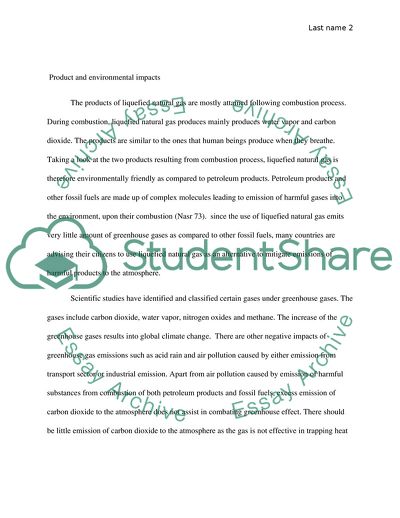Cite this document
(Liquefied Natural Gas Term Paper Example | Topics and Well Written Essays - 1250 words, n.d.)
Liquefied Natural Gas Term Paper Example | Topics and Well Written Essays - 1250 words. https://studentshare.org/engineering-and-construction/1863969-two-papers-1-research-report-2-source-assessment-and-they-are-both-about-liquified-natural-gas
Liquefied Natural Gas Term Paper Example | Topics and Well Written Essays - 1250 words. https://studentshare.org/engineering-and-construction/1863969-two-papers-1-research-report-2-source-assessment-and-they-are-both-about-liquified-natural-gas
(Liquefied Natural Gas Term Paper Example | Topics and Well Written Essays - 1250 Words)
Liquefied Natural Gas Term Paper Example | Topics and Well Written Essays - 1250 Words. https://studentshare.org/engineering-and-construction/1863969-two-papers-1-research-report-2-source-assessment-and-they-are-both-about-liquified-natural-gas.
Liquefied Natural Gas Term Paper Example | Topics and Well Written Essays - 1250 Words. https://studentshare.org/engineering-and-construction/1863969-two-papers-1-research-report-2-source-assessment-and-they-are-both-about-liquified-natural-gas.
“Liquefied Natural Gas Term Paper Example | Topics and Well Written Essays - 1250 Words”. https://studentshare.org/engineering-and-construction/1863969-two-papers-1-research-report-2-source-assessment-and-they-are-both-about-liquified-natural-gas.


